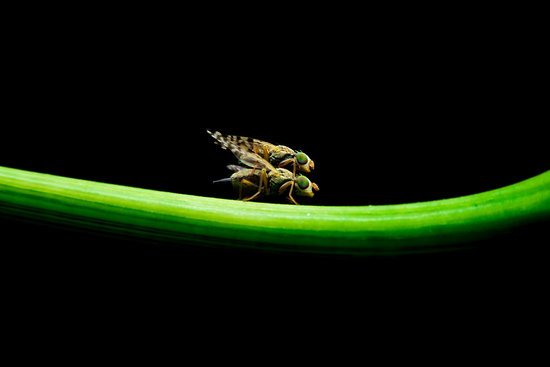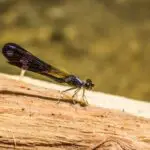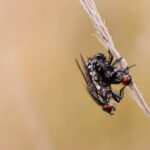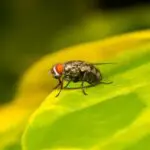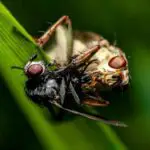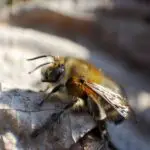How Big Are Flies When They Hatch?
Fly eggs develop into larvae within eight to twenty hours of fertilization. Depending on the species, the larvae can be up to a half-inch long. Baby flies are white and wingless, and they develop very rapidly, often in a matter of days.
While many flies hatch out in just 8 days, some can take longer. This means that identifying a fly’s source is important. Some common types of large flies are bottle flies, blow flies, and house flies. Understanding the development cycle will help you better manage the infestation and prevent fly-borne illnesses.
Flies can live for up to 30 days, but they can last longer if they’re fed. Most flies only live two to three days without food, but some can survive for two months. The larvae of a fly need food for two to three days before they begin the pupation stage, where they will spend the remainder of their life.
Fly larvae are smaller than their adult counterparts. They look similar to maggots, but are usually white and worm-like. The larvae feed on animal corpses, manure, and garbage. When the larvae reach a size of around twelve millimeters, they will begin the process of moulting. They will shed their exoskeleton three times before they enter the pupa stage.
Adult houseflies are about 1/8-quarter inch long. They have black stripes on their thorax. Their wings are single, and their bodies are slightly hairy. They also have compound red eyes with thousands of individual lenses. Their eyes allow them to see in bright lights. Female houseflies are larger than males. Adult house flies have no stinger or teeth.
